How to enjoy the outdoors without sun damage
The harmful effects of sun exposure are one of the most important things for anglers to understand when they’re fishing Florida waters, especially in the late summer. The sunlight that…
The harmful effects of sun exposure are one of the most important things for anglers to understand when they’re fishing Florida waters, especially in the late summer. The sunlight that…
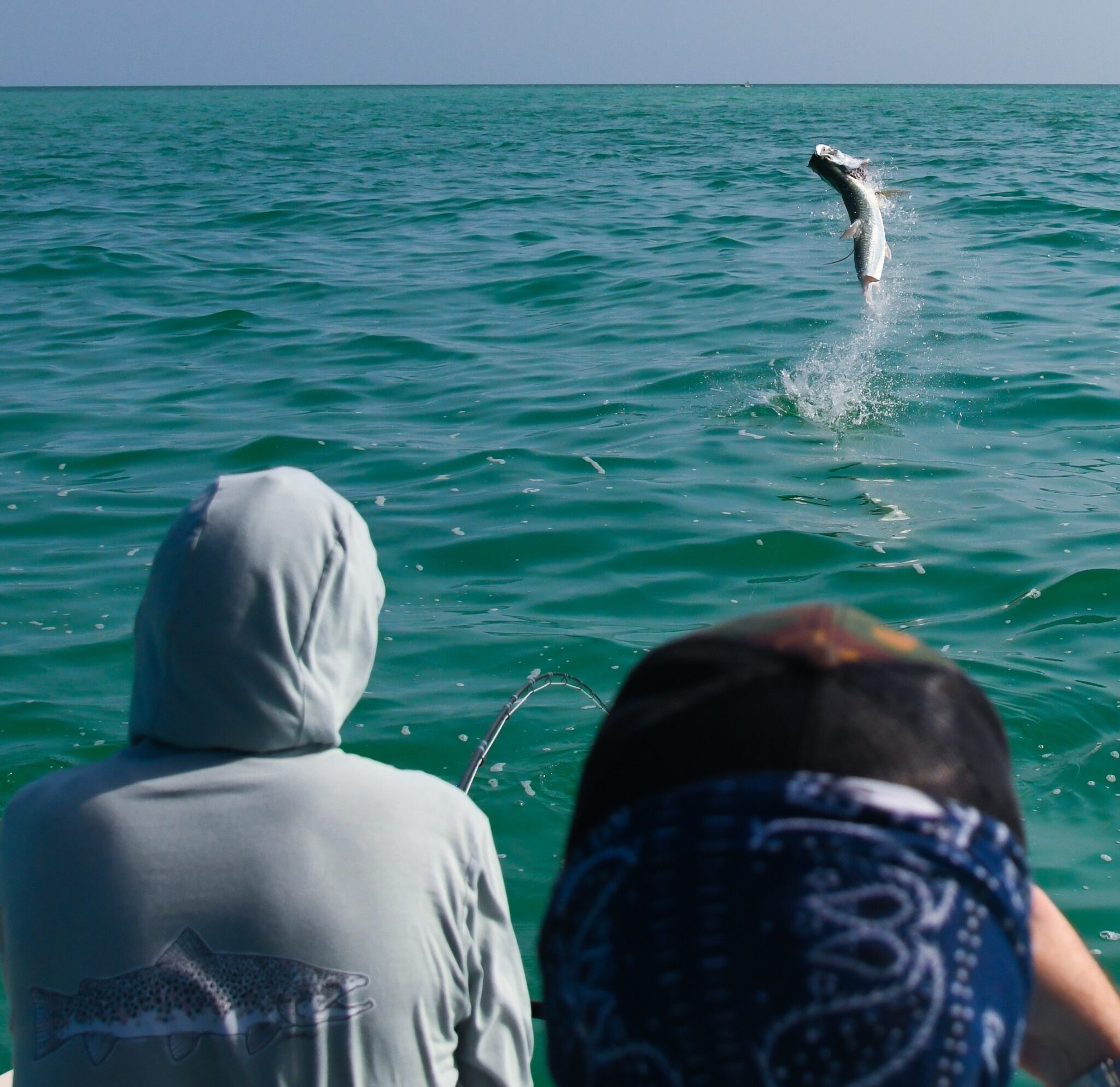
My pliers were in one hand and a fly was in the other as I prepared to cut the leader and change flies. Pausing, I looked up to check with…
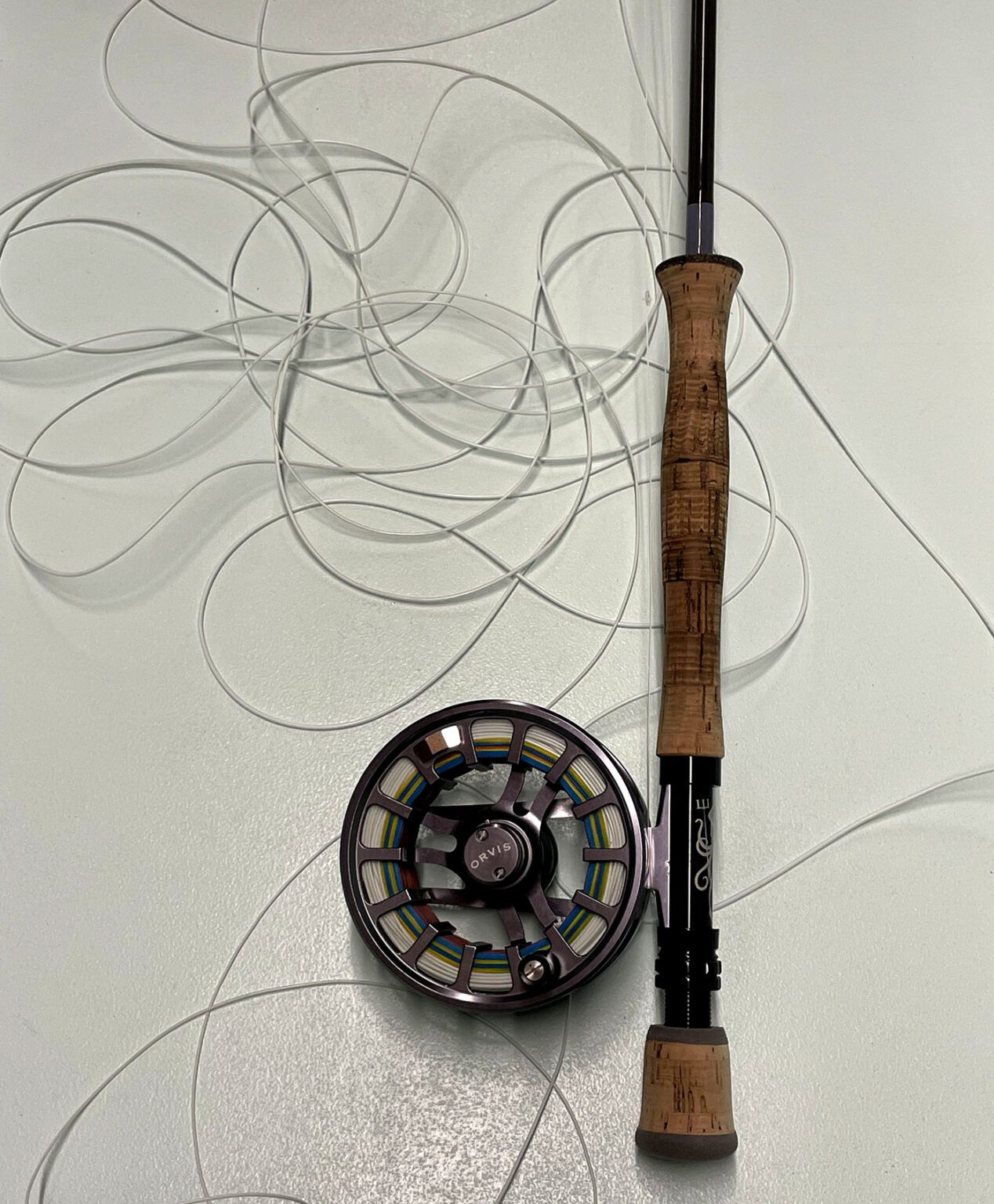
Merriam Webster’s Dictionary defines learning as “knowledge or skill acquired by instruction or study.”As most anglers will attest, that’s how we’ve gained the ability to successfully (occasionally) target different species…
Lately, it seems we’re constantly reminded how our experiences growing up molded us into the kind of person we are today. The all-too-frequent heart-wrenching news we’re seeing emphasizes just how…
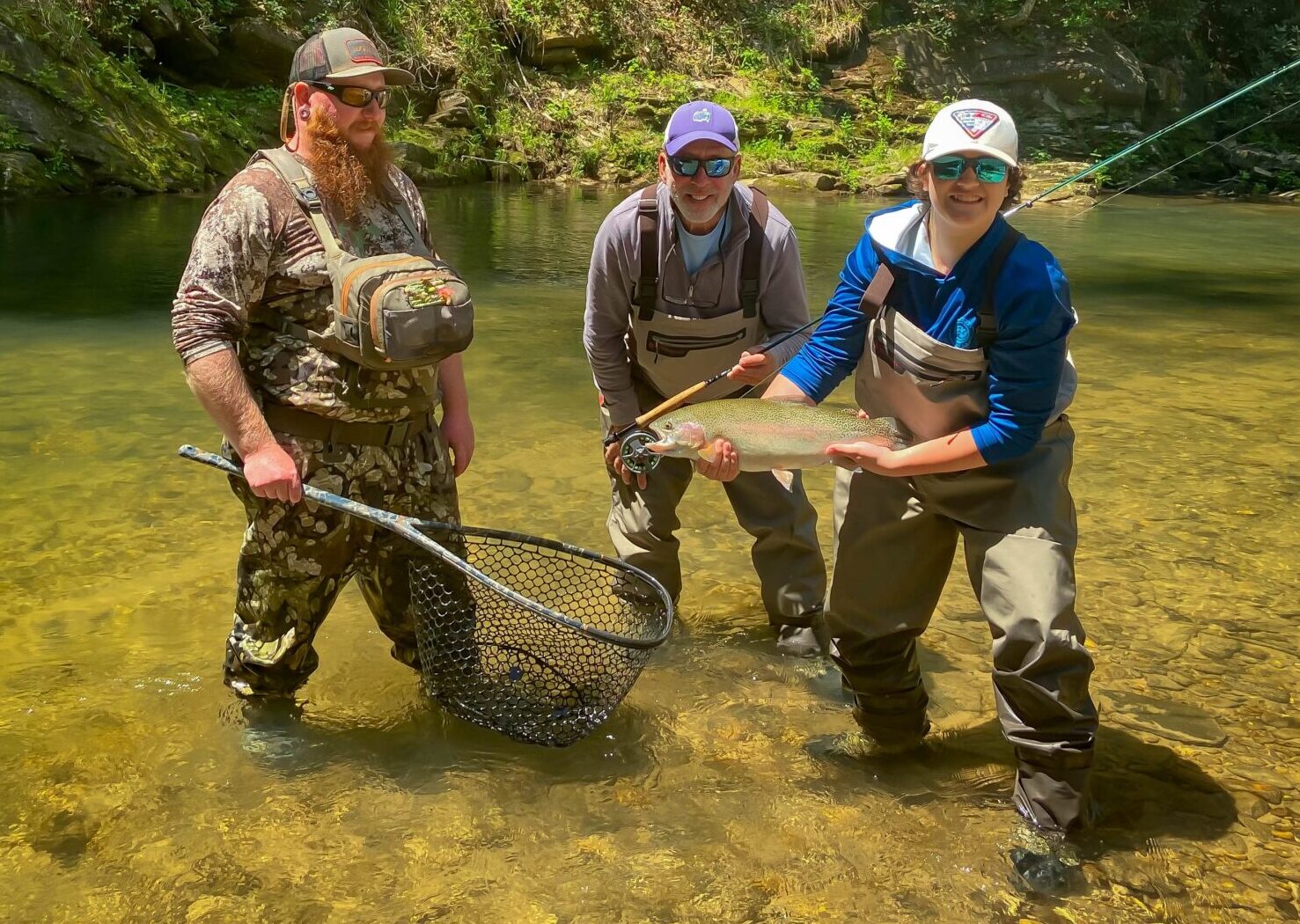
One of the things I like most about fishing is the friends we make along the way and the many experiences that last a lifetime. When we can combine that…
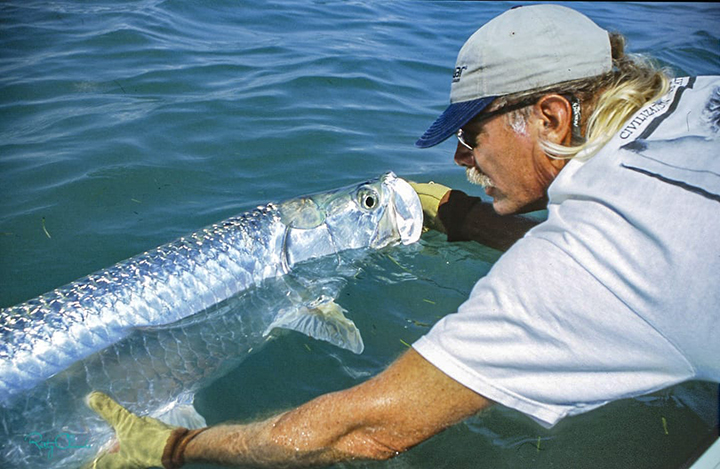
By Rusty Chinnis - May 24, 2021 Catch and release used to be a relatively new concept in sport fishing, one that recognized that fish populations are vulnerable and not the endless…
Whether stalking bonefish in the Bahamas, poling a flat for tailing redfish in Florida, wading into the surf for stripers in the Northeast, or casting for sea-run rainbows on the…
By Rusty Chinnis - February 22, 2021 To many anglers, fishing is simple. It’s no more complicated than dangling a shrimp or fishing a jig in any likely spot. But, like other…
Unlike most species, to have the best chance of a bite by a tripletail, you need to strip the fly right into the face of the fish.
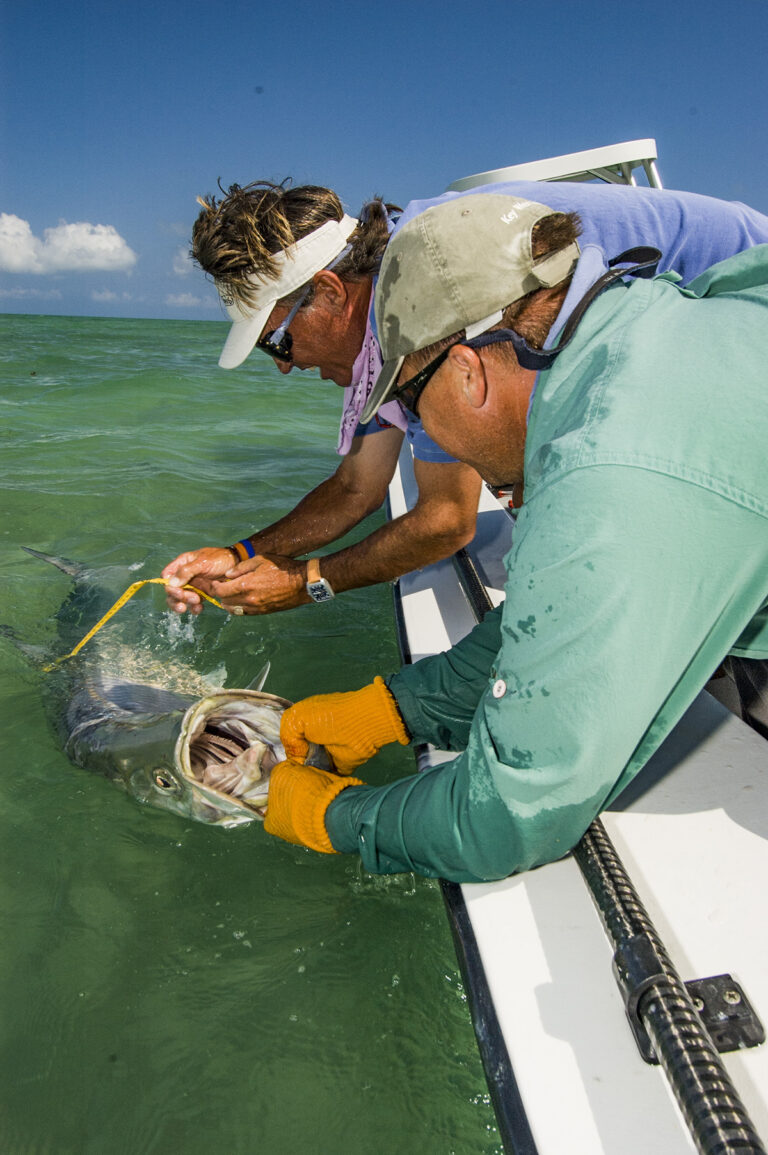
Catch and release used to be an accepted practice that acknowledged that fish populations are not the bottomless resource they were once thought to be. Proper catch-and-release methods are more important now than ever. Lately, however, a lot of posts of dead fish are appearing on social media that seem to be taken more to impress others and get likes than to provide a meal.